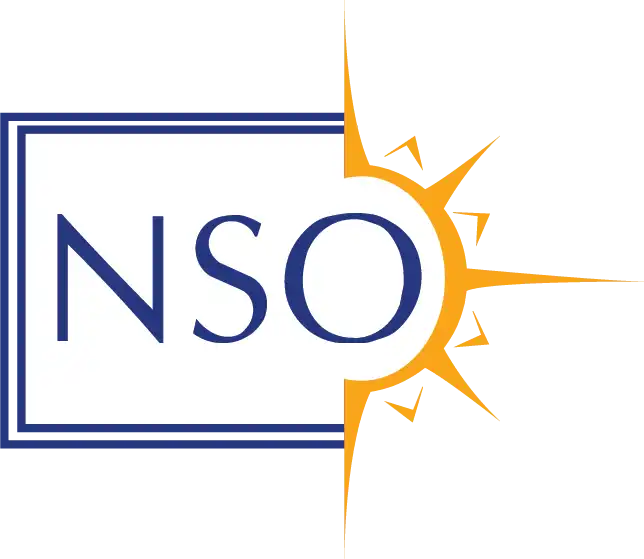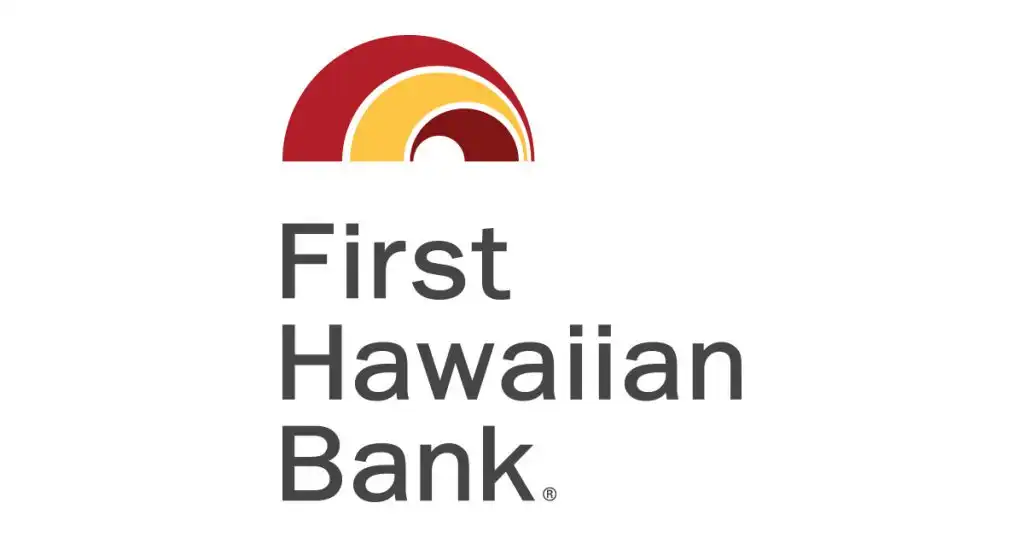Hawaiʻi AG gives update on implementation of Lahaina Wildfire Phase III report — “We are all part of the solution”


Attorney General Anne Lopez announced the conclusion of the Department of the Attorney General’s investigation of state and county government response to the August 2023 Lahaina Fire.
During the final press briefing related to the department’s investigation, Lopez also announced the official transition of future wildfire analysis, mitigation and coordination efforts to the new state fire marshal and the Hawaiʻi Wildfire Management Organization.
“Shortly after the Aug. 8, 2023 Maui wildfires, Gov. Josh Green, M.D., and I agreed that understanding how the state and county agencies responded during and in the immediate aftermath was crucial to secure the safety of the residents and visitors now and into the future,” said Lopez.
The Fire Safety Research Institute (FSRI), part of UL Research Institutes, was selected to provide the state with an objective, evidence-based understanding of the response of state and county agencies and provide recommendations and best practices for Hawaiʻi going forward.
To date, there have been three AG reports released on the incident, including a timeline, analysis, and a document outlining findings and recommendations.
- On April 17, 2024, the Department released FSRI’s Lahaina Fire Comprehensive Timeline Report (Phase 1) that provided a minute-by-minute accounting of state and county actions.
- On Sept. 13, 2024, FSRI’s Lahaina Fire Incident Analysis Report (Phase 2) was released, which incorporated a science- and evidence-based analysis of the events, including subjects such as preparedness efforts, weather and its impact to infrastructure, and other fires simultaneously occurring on Maui. This report included 84 findings, and 140 recommendations designed to mitigate the issues identified by FSRI and make recommendations to move forward. At the same time, the department released all of the images, audio and documents* received and prepared by FSRI, totaling 850 gigabytes of data.
- In January, FSRI’s Lahaina Fire Forward-Looking Report (Phase 3) was released. This report prioritized the 84 findings and 140 recommendations from the Phase 2 report, to improve Hawaiʻi’s ability to be better prepared for and respond to wildfires. Gov. Green requested that FSRI identify its top 10 immediate priorities.

The top two recommendations for actionable success were: (1) the state should engage HWMO to share a leadership role with the state in this effort, and (2) hire a state fire marshal to ensure continued work and long-term planning.
In the last legislative session, the governor introduced a bill to amend Hawaiʻi’s state fire marshal statute to empower the fire marshal to have more independence and broaden the fire marshal’s responsibilities. Following legislative hearings, the legislature passed House Bill 1064.
“I am proud of the work that my department and FSRI have completed over the last two years,” said AG Lopez. “I will now be handing off the work to State Fire Marshal Dori Booth and HWMO. I am fully confident in their ability to collaborate and lead state and county agencies, communities, and other nonprofits into a safer, healthier future.”
Booth said: “One of the duties that are outlined in HB1064 is to work together with our partners to implement best practices. What we’ve seen around the country, and even around the world is implementing woodland-urban interface codes to help build resilient communities.”
She said partners are in the information gathering phase, and something like this would include a phased approach with community input and education.

Since the Phase Three report was released, FSRI has begun work in collaboration with the Maui Fire Department and Kauaʻi Fire Department to complete their Community Risk Assessment and Standards of Cover plans. These analyses will be conducted in cooperation with MFD and KFD alongside local residents and businesses and will ultimately identify where the relevant risks to the community are and how county fire departments can effectively address them.
Following this work, a comprehensive Community Risk Reduction plan will be developed that provides realistic actions that can be taken by individuals, community organizations and governmental agencies to mitigate risk and increase resiliency, according to the AG’s office.
As for liability, at this time, there are no statewide penalties for homeowners who fail to clear properties of excess debris, according to AG Lopez. She said the counties do have some requirements with respect to landowners and their liability as it relates to vegetation.
“At this time there isn’t liability, but we all have a personal responsibility… We are all part of the solution,” said Lopez. “We all need to learn how to make the changes we need around our own homes and in our communities to help our neighbors who might not have the ability to do what they need to do to get their homes prepared.”
Elizabeth Pickett, co-director of HWMO said the organization has had success in partnering with people who just want to do the right thing.
As it relates to large landowners, Pickett said, “There is a lot of fear about unmanaged lands containing a lot of fire risk, and that is a big deal; but I want to bring it back to the home level because the analysis and the findings from studies in Lahaina, what happened in LA, and other large fires, is that—what really allowed that structure-to-structure in the community devastation was what people had or didn’t have in the 5-foot zone around their homes. We can all focus on that.”

“We can all manage 5 feet. There’s a tendency for folks to look across the fence, or on the other side and feel powerless—and the truth is the most powerful zone of protection is right within your own control, which is why so many of the materials and resources we have focused on that, because that really can make a difference between whether your structure survives or not,” said Pickett.
As for larger landscapes, Pickett said: “Good land management can also produce food. It can also conserve and restore our watershed forests.”
ARTICLE CONTINUES BELOW ADARTICLE CONTINUES BELOW AD“There are a lot of actions that can be taken that have a dual purpose of fire protection, but also restore water, provide food security… This is about revolutionizing the way we think about land and how we use it and setting up a system that supports mutual goals,” said Pickett.

Now that the Lahaina fire independent analysis is complete and FSRI has provided forward looking recommendations, those involved in response are collectively transitioning from research to implementation for a more fire safe Hawai‘i according to Derek Alkonis, Research Program Manager at FSRI.
He said UL Research Institutes and FSRI will continue supporting next steps in operational readiness and community risk assessment planning.
When asked it there were findings outside of what was written in the report that caused the Lahaina fire and how it progressed through the community, Alkonis said, “No.” “We uncovered all of the data that was available to us. In terms of when the fire hit the structures (what we call the built environment)—that’s where our study picked up—and the data suggests that it was structure to structure, heat transfer, high winds, a lot of heat. You have structures that are right up against each other in very close configurations, and you also have limited fire suppression capabilities because of the nature of the islands,” he said.
“In terms of the origin and cause investigation that was completed by the Maui Fire Department and ATF, their report also indicates the facts… and how the fire developed in the grass and got moving from the wind, and advanced into structures,” said Alkonis.
“We are proud to be part of this next chapter for Hawai‘i,” said Pickett. “Our job now is to support the state in developing a cohesive wildfire strategy that brings together public agencies, private partners, and expertise from our academic and community partners — so that we’re all working in sync, informed by best practice, and building upon existing efforts and local knowledge.”
She said some departments will be stepping into new roles, while others — who have been doing this work for decades — will finally get the support and alignment they’ve long needed.
“This is about learning together, building systems that last, and finally connecting our collective efforts into one coordinated path forward. Becoming a wildfire-ready and wildfire-resilient state starts with thoughtful, informed and collaborative planning. This is good governance at its best,” said Pickett.

“The 10 wildfire priorities identified in the Phase Three report provide a critical foundation, and my role — as well as the work of the full office when it is in place — will both support those efforts and extend beyond them,” said Hawai‘i state fire marshal Dori Booth.
“We are building the State Fire Marshal’s Office from the ground up, with a focus on regulatory clarity, modernized codes and standards, and a legislative framework that strengthens long-standing efforts already underway, while also guiding future improvements identified through the statewide wildfire strategy now in development,” she said.
She said the collaborative effort is aimed at ensuring a “coordinated, capable, and resilient fire safety system for Hawai‘i.”
All of the images, audio and documents* included in the media database containing approximately 850 gigabytes of data can be found on the Department of the Attorney General’s Maui Wildfire Investigation page here.









